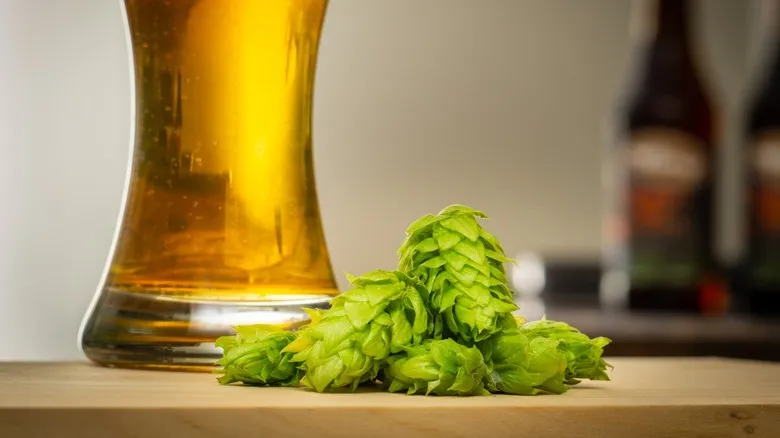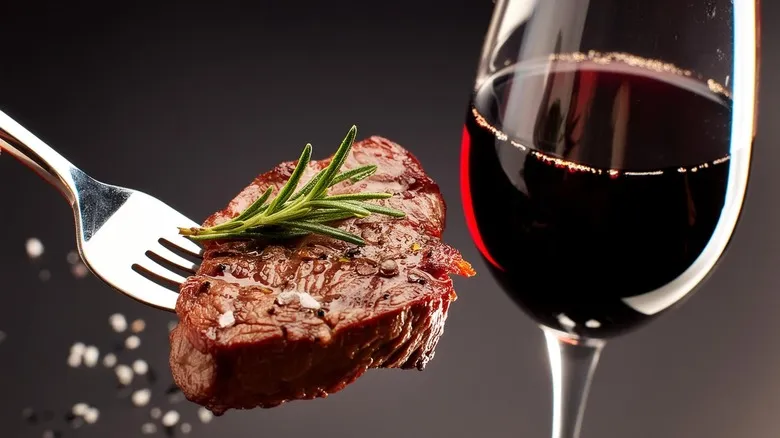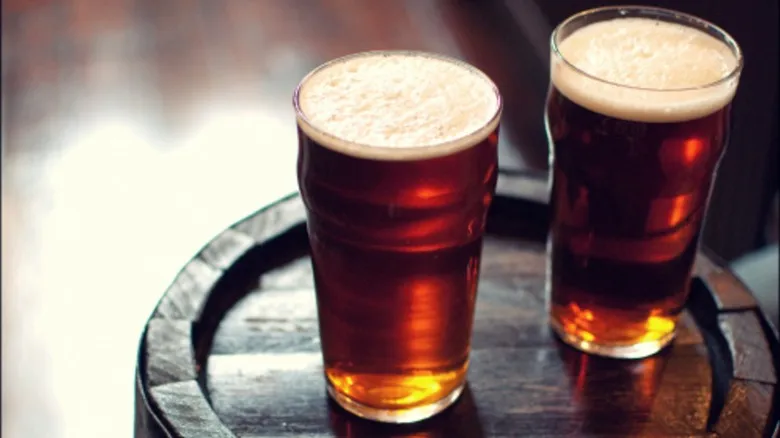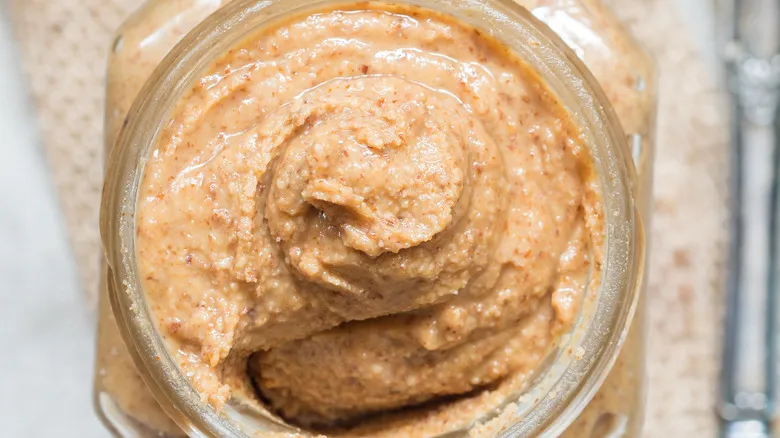American pale ales represent an evolution in brewing

When examining the distinctions between American and British pale ales, the flavor profile is just one aspect to consider. Similar to the origins of the IPA, American pale ale can trace its roots back to its British predecessor. However, as time passed, the techniques and ingredients evolved to suit the preferences and practices of New World brewers and consumers. The differences between American and British pale ales are evident not only in the types of hops utilized but also in their brewing methods.
For British pale ales, as with most ales, the use of top-fermenting ale yeast is essential for fermentation, imparting a delicate fruity character to the beer. Typically, no additional ingredients are introduced to enhance the beer's flavor beyond its natural profile. American pale ales began in a similar fashion, emulating the methods of British brewers. Yet, over the years, several changes occurred. In addition to generally achieving a higher alcohol content, dry-hopping—where extra hops are added during or after fermentation to intensify the hop flavor—has become a common practice in American pale ales. Both in flavor and brewing techniques, British and American pale ales have developed their own unique identities.
Recommended

Here's A Simple Way To Chill Your Beers Without A Fridge Or Cooler

The One Tool Wine Aficionados Should Try From Costco

The Best Way To Use Leftover Wine For Future Meals

The Rise And Fall Of World Of Beer
Next up





